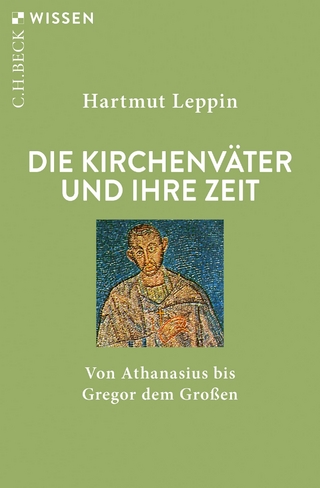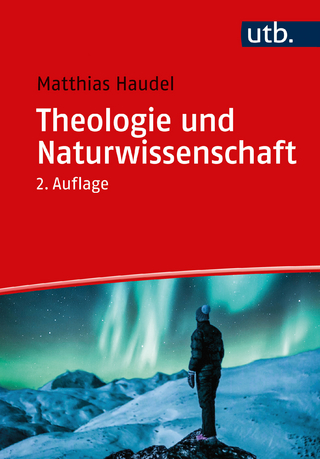
Tracing the Itinerant Path
Jishū Nuns of Medieval Japan
Seiten
2018
University of Hawai'i Press (Verlag)
978-0-8248-7934-1 (ISBN)
University of Hawai'i Press (Verlag)
978-0-8248-7934-1 (ISBN)
Women have long been active supporters and promoters of Buddhist rituals and functions, but their importance in the operations of Buddhist schools has often been minimized. Chin'ichibo, a nun who taught male and female disciples is considered an anomaly. However this book argues that Chin'ichibo is in fact an example of her time.
Women have long been active supporters and promoters of Buddhist rituals and functions, but their importance in the operations of Buddhist schools has often been minimized. Chin'ichibo (?–1344), a nun who taught male and female disciples and lived in her own temple, is therefore considered an anomaly. In Tracing the Itinerant Path, Caitilin Griffiths' meticulous research and translations of primary sources indicate that Chin'ichibo is in fact an example of her time—a learned female who was active in the teaching and spread of Buddhism—and not an exception.
Chin'ichibo and her disciples were jishu, members of a Pure Land Buddhist movement of which the famous charismatic holy man Ippen (1239–1289) was a founder. Jishu, distinguished by their practice of continuous nembutsu chanting, gained the support of a wide and diverse populace throughout Japan from the late thirteenth century. Male and female disciples rarely cloistered themselves behind monastic walls, preferring to conduct ceremonies and religious duties among the members of their communities. They offered memorial and other services to local lay believers and joined itinerant missions, traveling across provinces to reach as many people as possible. Female members were entrusted to run local practice halls that included male participants. Griffiths' study introduces female jishu who were keenly involved—not as wives, daughters, or mothers, but as partners and leaders in the movement.
Filling the lacunae that exists in our understanding of women's participation in Japanese religious history, Griffiths highlights the significant roles female jishu held and offers a more nuanced understanding of Japanese Buddhist history. Students of Buddhism, scholars of Japanese history, and those interested in women's studies will find this volume a significant and compelling contribution.
Women have long been active supporters and promoters of Buddhist rituals and functions, but their importance in the operations of Buddhist schools has often been minimized. Chin'ichibo (?–1344), a nun who taught male and female disciples and lived in her own temple, is therefore considered an anomaly. In Tracing the Itinerant Path, Caitilin Griffiths' meticulous research and translations of primary sources indicate that Chin'ichibo is in fact an example of her time—a learned female who was active in the teaching and spread of Buddhism—and not an exception.
Chin'ichibo and her disciples were jishu, members of a Pure Land Buddhist movement of which the famous charismatic holy man Ippen (1239–1289) was a founder. Jishu, distinguished by their practice of continuous nembutsu chanting, gained the support of a wide and diverse populace throughout Japan from the late thirteenth century. Male and female disciples rarely cloistered themselves behind monastic walls, preferring to conduct ceremonies and religious duties among the members of their communities. They offered memorial and other services to local lay believers and joined itinerant missions, traveling across provinces to reach as many people as possible. Female members were entrusted to run local practice halls that included male participants. Griffiths' study introduces female jishu who were keenly involved—not as wives, daughters, or mothers, but as partners and leaders in the movement.
Filling the lacunae that exists in our understanding of women's participation in Japanese religious history, Griffiths highlights the significant roles female jishu held and offers a more nuanced understanding of Japanese Buddhist history. Students of Buddhism, scholars of Japanese history, and those interested in women's studies will find this volume a significant and compelling contribution.
Caitilin Griffiths teaches premodern Japanese history and culture at the University of Toronto. Richard K. Payne is Yehan Numata Professor of Japanese Buddhist Studies at the Institute of Buddhist Studies, Berkeley.
| Erscheinungsdatum | 28.12.2018 |
|---|---|
| Reihe/Serie | Pure Land Buddhist Studies |
| Mitarbeit |
Herausgeber (Serie): Richard K. Payne |
| Zusatzinfo | 4 black & white illustrations |
| Verlagsort | Honolulu, HI |
| Sprache | englisch |
| Maße | 152 x 229 mm |
| Themenwelt | Geisteswissenschaften ► Geschichte ► Regional- / Ländergeschichte |
| Geisteswissenschaften ► Religion / Theologie ► Buddhismus | |
| Religion / Theologie ► Christentum ► Kirchengeschichte | |
| ISBN-10 | 0-8248-7934-1 / 0824879341 |
| ISBN-13 | 978-0-8248-7934-1 / 9780824879341 |
| Zustand | Neuware |
| Haben Sie eine Frage zum Produkt? |
Mehr entdecken
aus dem Bereich
aus dem Bereich
von Athanasius bis Gregor dem Großen
Buch | Softcover (2024)
C.H.Beck (Verlag)
12,00 €


